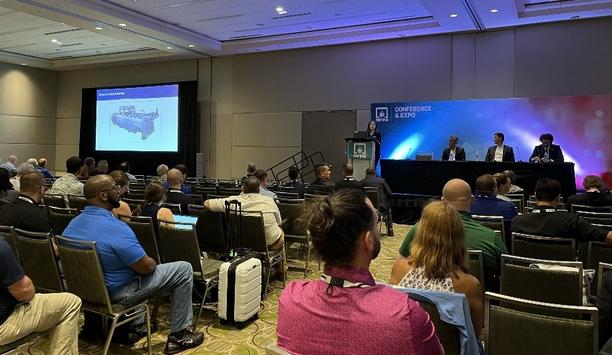Because the physical challenges take a toll, firefighters tend to retire at earlier ages than other occupations. There is also a greater likelihood of workplace disability. Firefighter pension plans are often more generous to offset a lack of Social Security eligibility for some public safety employees. Also, more years of retirement translate into an overall increase in medical care costs for fire service retirees.
Therefore, pension benefits for public safety workers are more expensive than those for other government employees, according to an analysis by the Center for State and Local Government Excellence (SLGE). Even so, retirement costs for firefighters and police officers represent only a small percentage of total expenditures for city, county and school district jurisdictions – around 2%.
Even if you focus on jurisdictions in which public safety costs are most significant—the city and county levels – the burden is still small, averaging only 4.9% of aggregate spending for cities and 1.9% for counties.
Pension Changes Could Impact Firefighter Recruitment
Pension benefit generosity is about 25% greater for police and fire employees
Any changes in retirement or medical care plans could negatively impact efforts to recruit enough firefighters, which are already a challenge. For example, shifting the retirement age would reduce total employee compensation, which could negatively affect retention. A wage increase to offset the change would maintain total compensation at previous levels.
In 2016, the costs of pension benefits earned for police and fire personnel made up 15% of the payroll, compared with only 8% for non-public safety local employees. Annual retiree health care benefits made up 6% of payroll, compared to 4% for other employees.
Analyzing Retirement Benefits
Earlier retirement ages translate into longer retirement periods for these workers, which impact higher pension costs. Public safety employees are eligible for their benefits at younger ages than other groups, even though the average expected lifespans at retirement are similar. Pension benefit generosity is about 25% greater for police and fire employees, a difference that offsets the lack of Social Security coverage for some public safety employees.
Any changes in retirement or medical care plans could negatively impact efforts to recruit enough firefighters, which are already a challenge
“Local governments across the country are continually analyzing the retirement benefits provided to the public safety workforce, along with associated costs,” says Joshua Franzel, PhD., President and CEO of SLGE. “This research provides government leaders and policymakers with a national snapshot so they can make informed decisions.”
Outdated Assumptions?
Some evidence suggests that assumptions about earlier retirement ages for police and firefighters may be outdated. Despite the physical demands of the jobs, some local governments have sought to retain experienced employees using a Deferred Retirement Option Plan (DROP), which allows employees to claim pensions while continuing to work.
Higher DROP participation rates – with some public safety employees working five years longer – suggest that employees may be able to stay on the job until later ages. Also, the U.S. Army (whose jobs can also be physically demanding) has raised its mandatory retirement age for active duty soldiers from 55 to 62.
emphasizing employee health and fitness
Use of technology can help to ease the physical burdens of public safety jobs, and an emphasis on employee health and fitness can also improve the picture.
The analysis was conducted by CPR researchers Jean-Pierre Aubry, Associate Director of State and Local Research; and Kevin Wandrei, Research Associate. The research assesses the size of public safety retiree benefit costs using public safety employee data from the Public Plans Database, the U.S. Census Bureau, and government actuarial valuations.






































